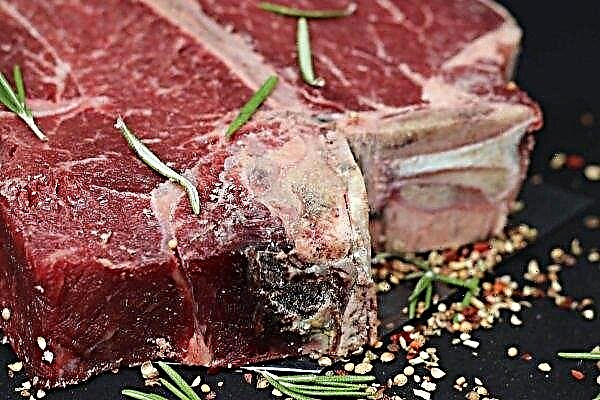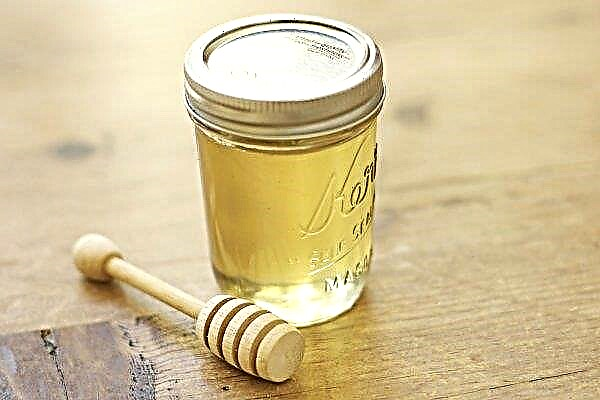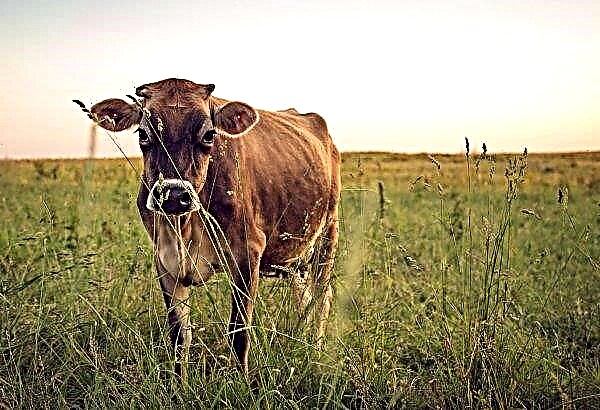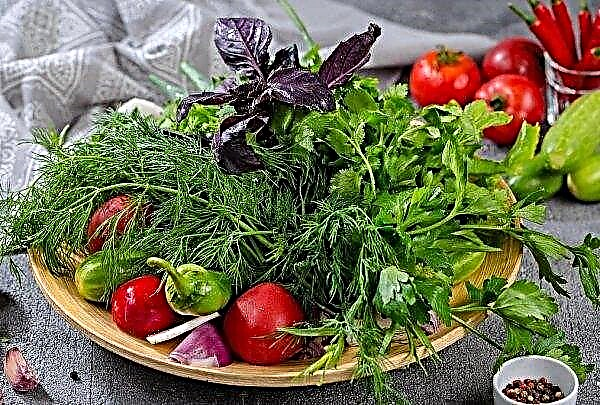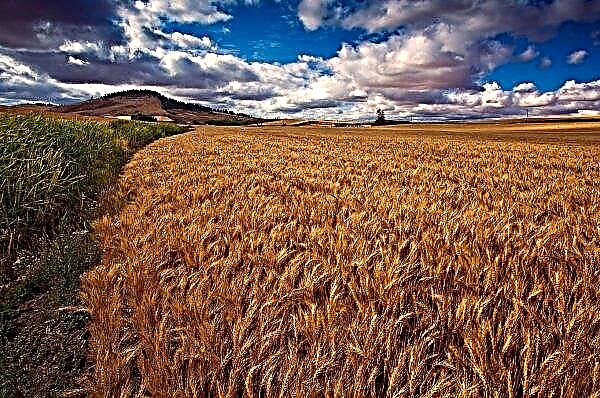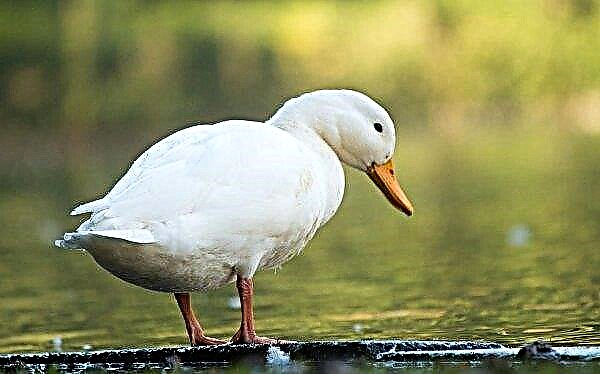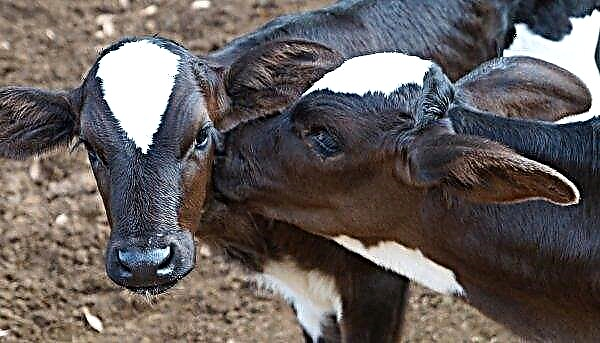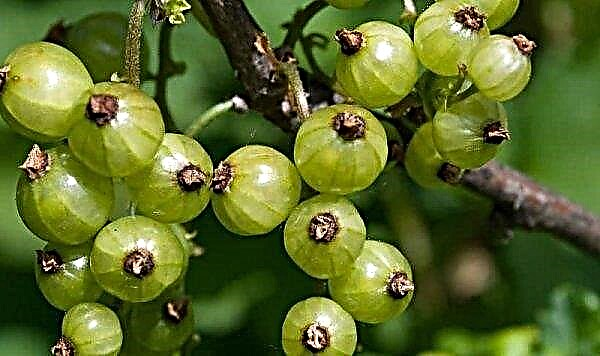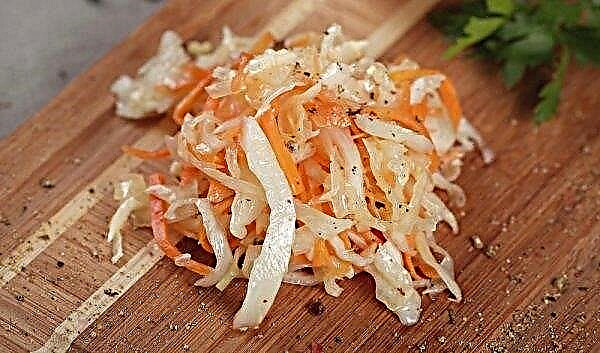Aloe refers to succulent plants, which are accustomed for a long time to do without moisture, since they are able to accumulate it in themselves, so it is not difficult to care for it. The main thing is to choose the right soil, which will be as close as possible to that in which aloe grows in the wild. What soil should be and how to prepare it yourself, we will consider further.
Soil requirements for aloe cultivation
Aloe came to us from the arid region of the African continent. The flower is used to living on depleted clay or sandy soils. For him, the most important thing is that the earth is breathable, light and well-permeable, and not hold it.
Nutrition of the soil fades into the background. Soil acidity is not very important to the plant, but it is better that it be neutral.
Did you know? When the temperature is too high and there is no rain for a long time, aloe can close the pores on the skin, thereby retaining moisture inside.
Aloe also reacts poorly to high nitrogen content in the soil. By their nature, succulents are slowly growing plants. Nitrogen also helps to accelerate growth, which leads to cracking of foliage.
Essential Aloe Soil Composition
For indoor cultivation of aloe, the soil is suitable, consisting of:
- 2 parts of turf land;
- 1 part of sheet land;
- 1 part humus;
- 1 part coarse sand.
A sectional flower-filled flower pot should look like this (bottom to top):
- drainage (2 cm);
- substrate;
- gravel or coarse sand.
How to make a soil mixture for aloe with your own hands at home?
As you can see, the earth, in which it is desirable to plant aloe, has a simple composition. We offer you to get acquainted with the technology of preparation of peat substrate.
You will need (take each component by eye):
- high-quality universal soil or peat substrate;
- perlite;
- expanded clay small;
- zeolite;
- lava, pumice, beams;
- capacity for kneading;
- scoop for kneading.
How to make aloe mix: video
Step by step cooking process:
- In the container for mixing, pour the substrate or soil. We break lumps with our hands.
- Add perlite, after wetting it.
- Add expanded clay, a little zeolite, lava, pumice, beams.
- We take a plastic scoop (it fits the one that cereals are usually poured on the market) and thoroughly mix all the components.
- Check the consistency - take the mixture with your hand and squeeze it in a fist. Unclench your palm, gently shake your hand and see if the lumps are scattered or not. If so, then the consistency is normal. If not, add a little drainage.
Important! Peat substrate or universal soil is better to choose more expensive, so that its quality is better, and it is advisable to give preference to foreign brands, for example, German.
Which purchased soil is better?
If you don’t want to spend time independently preparing the substrate or don’t know where to get all the necessary components, you can buy ready-made soil. It should be written on it that it is intended for succulents or for cacti.
Look at its composition: it should have a lot of drainage components, sand, clay, humus, and a little peat and nitrogen. Acidity should be neutral, 6.5–7 pH.
The advantages of such a soil are that it already has all the necessary components in the right ratio and you do not need to add anything to it. The disadvantage is that peat, which is used for the preparation of substrates, can be lowland or high. Each of them has its own nuances. So, the lowland is quickly compressed and worse passes moisture and air. To it you need to add fine expanded clay, sand. The horse is very light and holds moisture well for a long time, but when it dries, it is extremely difficult to wet it.
Each of them has its own nuances. So, the lowland is quickly compressed and worse passes moisture and air. To it you need to add fine expanded clay, sand. The horse is very light and holds moisture well for a long time, but when it dries, it is extremely difficult to wet it.
Important! If possible, select a substrate, which includes both lowland and high peat, as well as humus or vermicompost.
What fertilizers are needed for aloe?
The most suitable for aloe are universal fertilizers for cacti and succulents. They are introduced during the period of active growth with an interval of 2-3 weeks. You can use liquid mineral fertilizers rich in phosphorus and potassium.
Signs of improper soil
In general, if the soil is chosen incorrectly, then aloe slows down in growth or its growth stops altogether. The tips of the leaves may also begin to dry out and fade.
Tips from experienced gardeners
In order for the succulent to grow well and delight with its appearance, it is necessary to take into account such moments:
- Aloe does not like direct sunlight, so you need to shade it a bit on the sunny side.
- In winter, the plant needs complete peace and coolness. It is not watered or fertilized.
- In caring for a flower, it is important to provide it with loose soil with a minimum nitrogen content.
- You need to feed a little.
- On hot days, the room where the flower lives should have high humidity and constantly good ventilation.
- From the winter period of rest, aloe should be awakened gradually.
 As you can see, the key to a good appearance of a succulent is a properly selected soil.
As you can see, the key to a good appearance of a succulent is a properly selected soil.Did you know? Avraam Sergeevich Norov, a scientist and public figure, traveling around Africa, India, America, noted that local residents use aloe to build huts and make arrows.
You can buy it in a flower shop or cook it yourself: the main thing is that it is of high quality, then the flower can live in it for more than one year.


